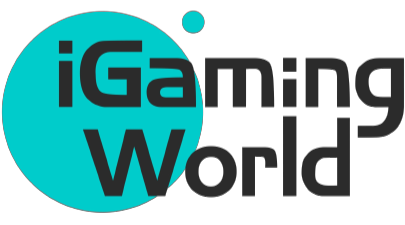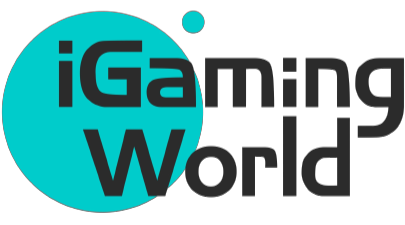The Dutch regulator (KSA) believes the country has a 95% channelisation rate, thanks in part to strict rules around advertising. However, data on player spend and revenue suggests the rate is at 87% as players spend more when using illegal sites. KSA figures also reveal the market’s GGR increased 21.2% year-on-year in 2023 to €4bn.
Two new reports analysing the size and scope of players and revenue in the gambling sector were released by the KSA on 10 October. The Autumn 2024 Monitoring Report takes a look into player behaviours and, using estimates from Nielsen-owned market research company GfK and H2 Capital, claims the market’s current channelisation rate is between 87% and 95%, well above the 80% target set in 2021.
KSA casts doubt on high channelisation
Data tracking player visits to legal versus illegal gambling sites, provided by market research provider GfK, estimates the channelisation rate is at 95%. This is based on the share of players who only visited legal gambling websites in the first half of 2024.
However, a second method which considers H2 Capital data on revenue and player spend across both legal and illegal sites, downgrades the rate of channelisation to 87%. This method considers that more money is typically wagered (and lost) on the black market than the legal market.
The rate of channelisation could be even lower using this method, the KSA warns, as the data considers illegal operators that are licensed outside of the Netherlands, but not those that are totally unlicensed.
According to H2, this percentage will remain approximately the same until 2025, although its forecasts assume that the gambling tax will remain the same.
“This means that those who play illegally often spend more money. This keeps the Netherlands attractive to illegal parties, an undesirable situation,” KSA chairman Michel Groothuizen said of the data.
“The stricter we regulate, the greater that difference can become.”
Groothuizen said the estimated 95% was a rate to be “somewhat proud of”. This, he said, is partly thanks to the increased visibility of legal operators, as illegal firms are banned from advertising in the Netherlands.
He also pointed to 2023 year-on-year GGR growth as an indicator that players are still flocking to the legal market, despite concerns from operators that tightening regulations are driving them to bet illegally.
KSA reports total GGR up to €4bn in 2023
The Market Scan 2024 report provides an overview of the size of Holland’s gambling market in 2023. Online casino accounted for 27.25% of GGR at €1.09bn, while total casino revenue made up 61%. Online and land-based were split near enough in half with online making up 45% of total casino revenue.
Revenue for online casino vertical increased 34% (€311m) on the previous year, while land-based grew 19% (€250m) but did not hit pre-pandemic levels last seen in 2019.
In terms of spend per player, the KSA’s report cites H2 Capital data which predicts Dutch adults spend an average of €272 per capita, compared to the EU average of €339. The Netherlands sits just above Ireland but below Finland, France and Denmark in H2’s per capita spend forecast.
GGR is already trending higher for 2024, as data for H1 shows total GGR hit €752 million, indicating an increase of 8% compared to the last half of 2023.
Betting is a very small percentage of the market
In Holland, sports betting remains a really small percentage of the total gambling market, although the data shows its revenue has more than tripled since the opening of the legal online gambling market in 2021. Betting accounts for only 9% of the total gambling market and this drops to 7% when looking only at online revenue. Betting revenue did experience a 9.7% uptick in 2023 to €349m.
But online reigns, as land-based betting is only offered by Dutch monopolies Zeturf and TOTO Winkel. In 2023, 83% of the total betting revenue came from online and 17% from land-based betting. Although land-based sports betting decreased in 2021 it grew by 8% again in 2022 and 2023 across both channels.
Lottery maintained a 30% market share of the wider market in 2023, despite there only being a land-based monopoly option available. This dropped slightly from 34% in 2022.
Tax revenue will soar from next year
Gambling tax has become a contentious topic in the Netherlands as the government is increasing the tax rate from 30.5% to 37.8% of GGR in January 2026. Although a staggered approach will be implemented to ease the impact of the hike, the policy has been met with strong opposition from the sector.
A total of €117m in gambling tax was paid by operators in 2023, as well as €698m in charity funding.
On the release of the report, KSA chairman Michel said the data had helped to create a solid, data-driven foundation for future policy and regulation.
“We can see the effects of policy in the figures and provide an interpretation of certain developments.
“We use data to keep our finger on the pulse when it comes to announced measures and the increase in gambling tax. I am curious to see what effects we will see in the next monitoring report in the spring,” he said.



